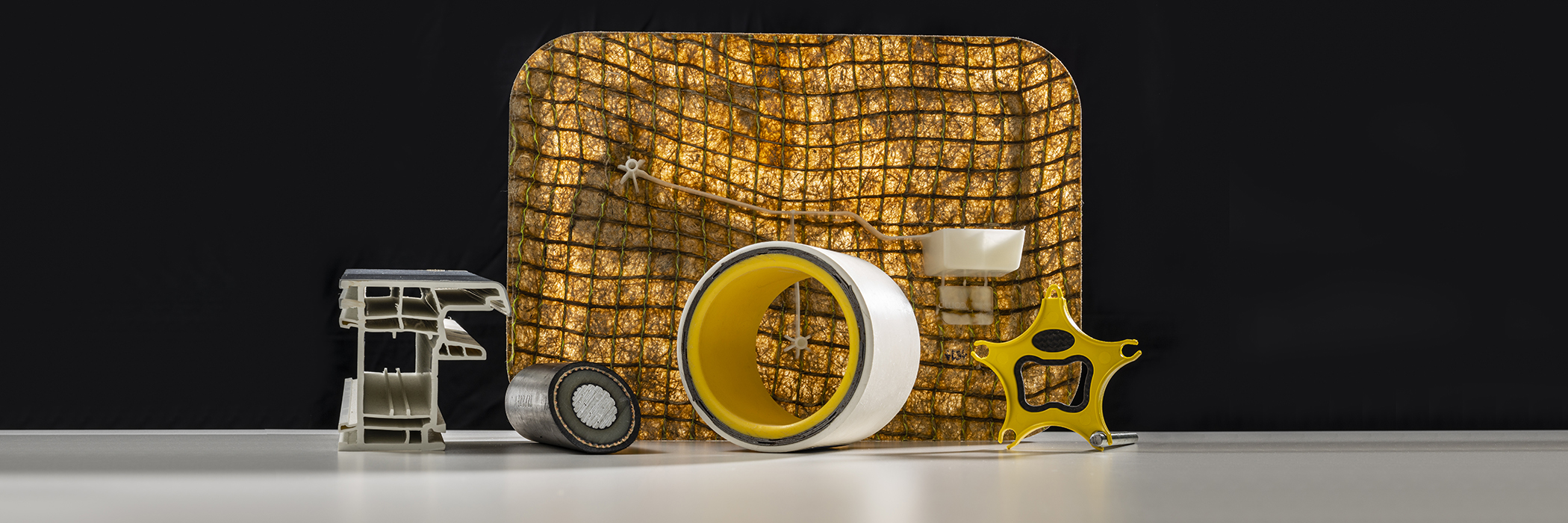Room lighting using inverted truncated cones
By connecting two plastic components, we have developed a light decoupling element that was previously thought unfeasible to manufacture.
Modern architecture and building technology are increasingly focusing on energy efficiency and sustainability. Effective insulating materials, advanced manufacturing processes and closed-loop concepts are just a few examples of the multifaceted efforts being made in this regard. Lighting technology also plays an important role in this context. After all, sophisticated systems allow room lighting to be realised most effectively with daylight and LEDs.
In cooperation with the RIF Institute for Research and Transfer e.V. and the Technical University of Dortmund, a new concept for room lighting was developed as a prototype at the Institute of Polymer Nanotechnology Applications FHNW.
As part of his dissertation at TU Dortmund, Michael Jakubowsky is developing various concepts for modern room lighting based on microstructured systems, which he is designing with the help of extensive optical simulations. One of these concepts is based on the vertical coupling of light from a 2-component light guide plate. This requires inverted truncated cones on the surface of the light guide - a seemingly impossible scenario from the point of view of manufacturability.

